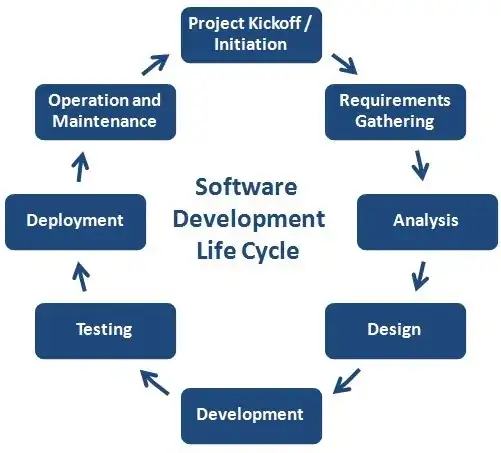The full quote itself (from your source) provides reasons for this being true (emphasis mine):
Indeed, the ratio of time spent reading versus writing is well over 10
to 1. We are constantly reading old code as part of the effort to
write new code. ...[Therefore,] making it easy to read makes it easier
to write.
It's very rare that a software application is written once and works perfectly forever, and never needs any new features to be added. Writing code is an iterative process, with each iteration building on the code produced from the last, adding features, fixing bugs etc. In order to do that you need to be able to read the existing code to know how and where to modify it, how to write code that uses the existing code, debug issues in separate but related pieces of code. The number of reasons for reading code far outweigh the number of reasons to write it.
To illustrate this consider the software development lifecycle as shown in the below diagram:

Only the Development stage really involves writing your business logic code. The testing phase may involve writing tests and maintenance may involve writing bug fixes. In contrast, almost all of these stages will require reading code if the project involves adding features to an existing application. If it's brand new project only initiation and requirements gathering wouldn't necessarily involve reading code, but they may.
